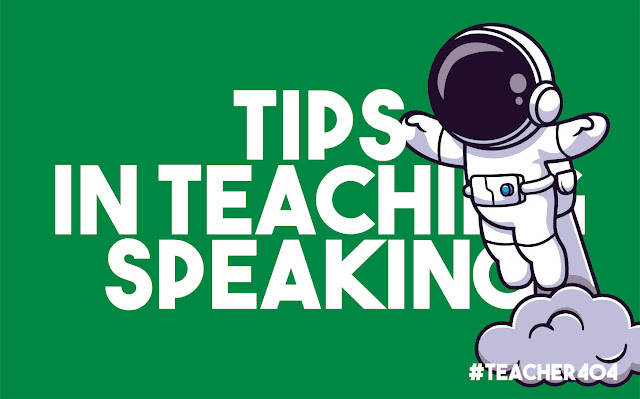WHEN IT COMES TO SPEAKING, CONFIDENCE IS THE KEY, PASSWORD, LOGIN AND BIOMETRIC SECURITY THAT STUDENTS NEED IN ORDER TO SUCCEED AT SPEAKING WITH EASE.
Once a student builds the confidence to speak, their abilities begin to improve at breakneck pace. Students who lack confidence are the ones who stumble and resort to their L1, and develop a fear of making mistakes that manifests itself if not ironed out quickly.
As a teacher, you cannot magically click a button and provide the students with the confidence to speak, but you can be there to encourage them to build their confidence by trying a few new little tricks, or even something as simple as nodding your head and smiling a little bit more.
No matter what lengths are taken, the foundations of succinct, accurate and fluent speech are through a high level of confidence. This article will take a look at some of the methods to help students speak by opening the door to some of the untapped confidence that lies within. Here’s a few of the best that we could think of
HOW TO PROCEED
1. FORGET THE ERRORS; JUST BE HAPPY THAT THEY’RE SPEAKING
Yeah! See how well they’re speaking? Yes it may not be accurate or fluent, but hell, sure enough they are using English! Sure, they may be speaking in purely the present simple, but hey, keep sitting back smiling and nodding, and you will do wonders with helping the student cross the first hurdle of building their confidence with speaking.
2. GIVE THEM EASY TOPICS THAT THEY KNOW A LOT ABOUT... THEM!
We all love to do it, recalling an amusing story about our lives in our home country, telling a tall tale about teaching a government minister or even the introduction class where we get the students to ask us questions. The most familiar topic anyone can talk about is oneself. We do it, they can too.
3. PROVIDE THE CUES, GIVE THEM THE IDEAS
One of the things that I like to do is draw a diagram that outlines me. In the middle of the board is a little stick figure of me, leading out to all of the influences in my life. The best way to describe it is like a mind-map, but I prefer to call this a “life map”. The life map allows students to see influences, likes, dislikes in their life and then give them the necessary cues to speak about themselves.
4. IF THE CUES FAIL, GIVE ‘EM THE OUTLINE
If the visual cues fail, give the students a virtual template to work off. The teacher can simply write the language and the structures on the whiteboard for the students to fill in with the appropriate words.
5. TAKE THEM FOR A WALK ON THE WILD SIDE, OUTSIDE THEIR COMFORT ZONE
If the potential is there or the student’s skill is just lying underneath the surface, one of the ways I like to deal with that is to push the students a little bit harder and chip away at what’s underneath the service. I love pushing students to the best of their abilities, and if there is a mere inkling of the confidence, I will be there to prod and poke it as much as I can. I love to give little challenges to my students such as talking for 30 seconds or a minute non-stop on a topic. This seemingly difficult activity will make life so much easier when it comes to speaking about the simple things.
6. LISTEN TO THE REAL DEAL
Sure enough, students who have been away from the English language for a while, only need to listen to a dialogue before they begin to grab their confidence by the horns and take it for a ride. A good dialogue that clearly outlines the language can be used as a starting point, while providing students with a chance to “mimic” the accent and the style. The more “brave” students will quickly take to the task and instantly pick up on some of the key vocabulary, while adding their own personality into replicating the dialogue.
7. SMILE, BE PATIENT, AND SMILE AGAIN!
No matter how many different activities that you try with your student, nothing beats a smile when it comes to unlocking the confidence. A smile provides the students with positive reassurance to keep at it and give them a positive outlook on what they can perceive as being the impossible task of speaking a foreign language.
IF YOU FOLLOW THESE STEPS, WE’RE SURE THAT YOU WILL SUCCEED IN PROVIDING YOUR STUDENTS WITH THE KEY TO UNLOCKING THEIR INNER CONFIDENCE, WHICH IS ONE OF THE MAJOR FACTORS IN SPEAKING ENGLISH WITH CONFIDENCE



